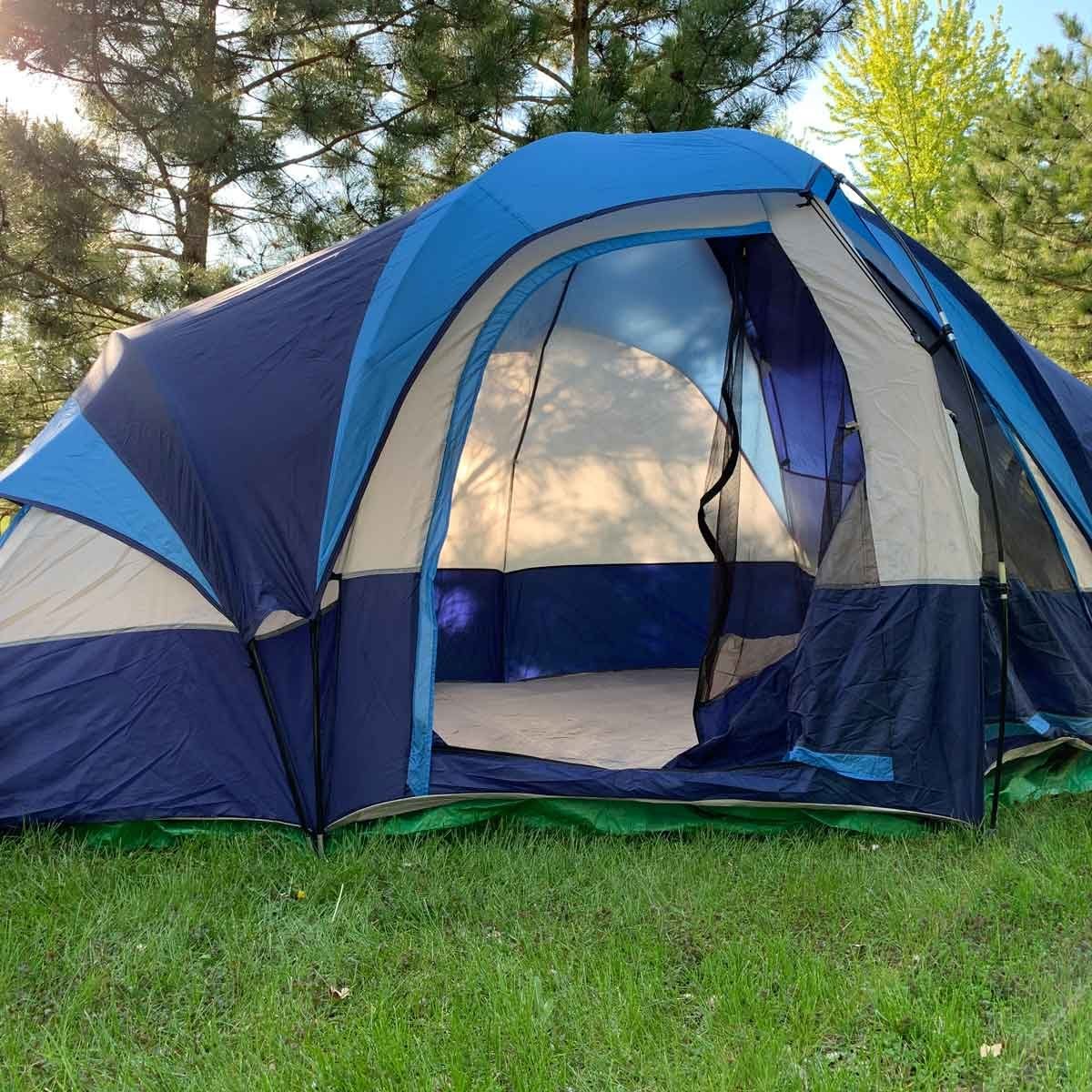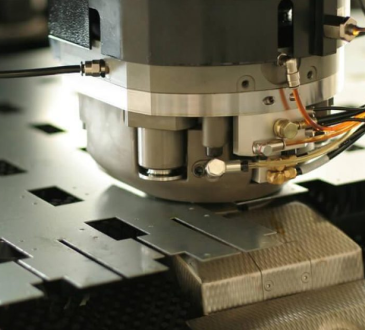
Anyone who has had the opportunity to go camping has probably realized that this activity can be pleasurable and relaxing when it goes well and quite stressful when it goes wrong. It is essential to be prepared: bring suitable equipment, maps and references of the place visited, food, repellents and – most importantly – the proper camping tent.
Do you know how to choose the best tent for your needs? That’s why in today’s post, we will give you some tips on buying the ideal model to ensure the comfort and safety of your trip! Check it out and learn all about it!
The First Steps
The starting point for buying a camping tent in Americantent.com for example is to keep in mind the conditions of using this equipment. For this, it is essential to ask basic questions that will determine the best equipment for the type of destination you are going to and for your needs.
It is worth asking, for example:
- What terrain do you intend to camp on?
- Will it be in campsites with a specific structure or an open place? Is the chosen location windy, or does it rain a lot?
- Will its use be sporadic or regular?
- Will you need to carry it over long distances?
- How many people will sleep in the tent? Will it be for the family?
- Will you need to store backpacks, shoes, and other belongings inside the tent?
Climate
Assessing the weather is an essential element in ensuring your camp’s safety and comfort. The type of material can determine its resistance to wind speed, rain, and snow loads. You should be able to choose a tent that will stand up in any of these situations. Aluminum rods, for example, are more durable than fiberglass ones and are suitable for regions with strong winds (over 50km/h) and more demanding weather conditions. They are also the ideal weight for climbing or long walks.
Already waterproof tents with sealed seams prevent water entry in very humid regions or with a large volume of rain. Its structure allows moisture to condense on the walls and form pools of water outside — not inside — the tent.
For regions with high temperatures, opt for tents with more resistant fabrics —protection against UV (ultraviolet) rays — and a protective cover. This will make your tent last longer.
Another point that deserves attention in these places is ventilation. Beach environments, for example, need a lot of wind to enter. Closed tents, without air intakes, “under roof,” and without windows, are stuffier and can turn your camping experience into a nightmare.
Cost Benefit
All tent models such as 20×40 pole tent have their pros and cons. So, what you need to consider before buying them is not just the low price. A smart camper must choose the ideal tent based on how cost-effective it will be for their travel and camping style. Or run the risk of getting stuck. Acquiring a cheap tent, of a simpler model, that will be used on a few occasions, for example, can be a good investment. However, doing the same for camping in Patagonia is a guarantee of lost money and a ruined trip, as it will hardly protect you from the typical weather in this region, such as wind and cold.




